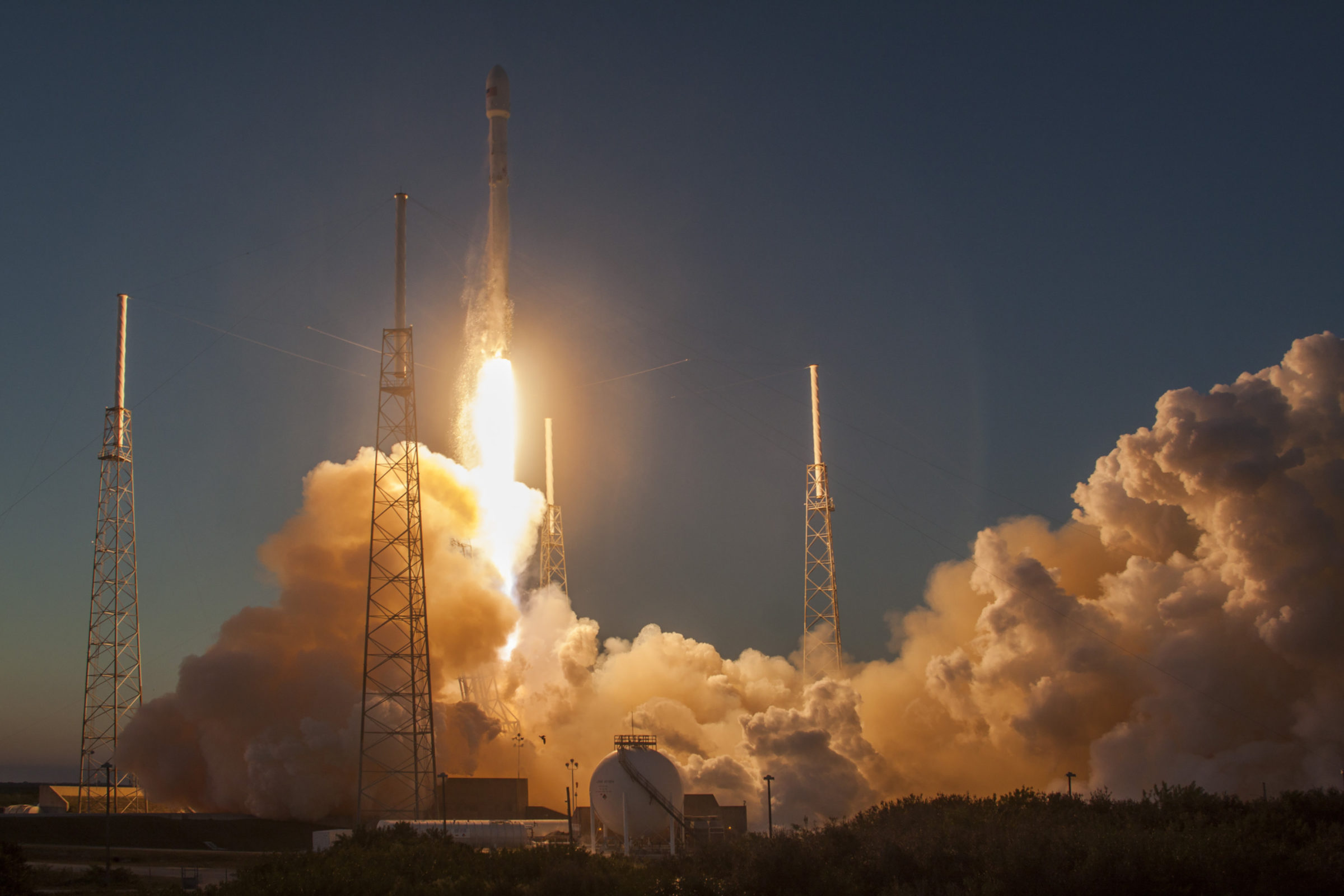Jason Davis • Feb 12, 2015
In Pictures: DSCOVR Headed for Deep Space
On Wednesday evening, with the sun low on the horizon opposite Florida’s Atlantic coast, a SpaceX Falcon 9 rocketed into orbit with DSCOVR, the Deep Space Climate Observatory. DSCOVR, a joint mission between NASA, NOAA and the U.S. Air Force, lifted off at 6:03 p.m. EST (23:03 UTC). The spacecraft was deposited into a parking orbit bound for Lagrangian Point 1 (L1), a gravitationally balanced spot between the Earth and sun 1.6 million kilometers away. This was SpaceX’s first mission to interplanetary space.
SpaceX had hoped to attempt a landing of the Falcon 9's first stage on a drone ship in the Atlantic Ocean. However, the company reported Wednesday afternoon that three-story waves and a faulty ship thruster had stymied the attempt. Nonetheless, CEO Elon Musk said the booster soft-landed in the Atlantic vertically, within 10 meters of its predicted landing spot—increasing the odds of success for future tries in better weather. Additionally, Musk said SpaceX was planning to upgrade the drone ship to handle "literally anything."

DSCOVR launch video Video: NASA





Support our core enterprises
Your support powers our mission to explore worlds, find life, and defend Earth. You make all the difference when you make a gift. Give today!
Donate

 Explore Worlds
Explore Worlds Find Life
Find Life Defend Earth
Defend Earth

